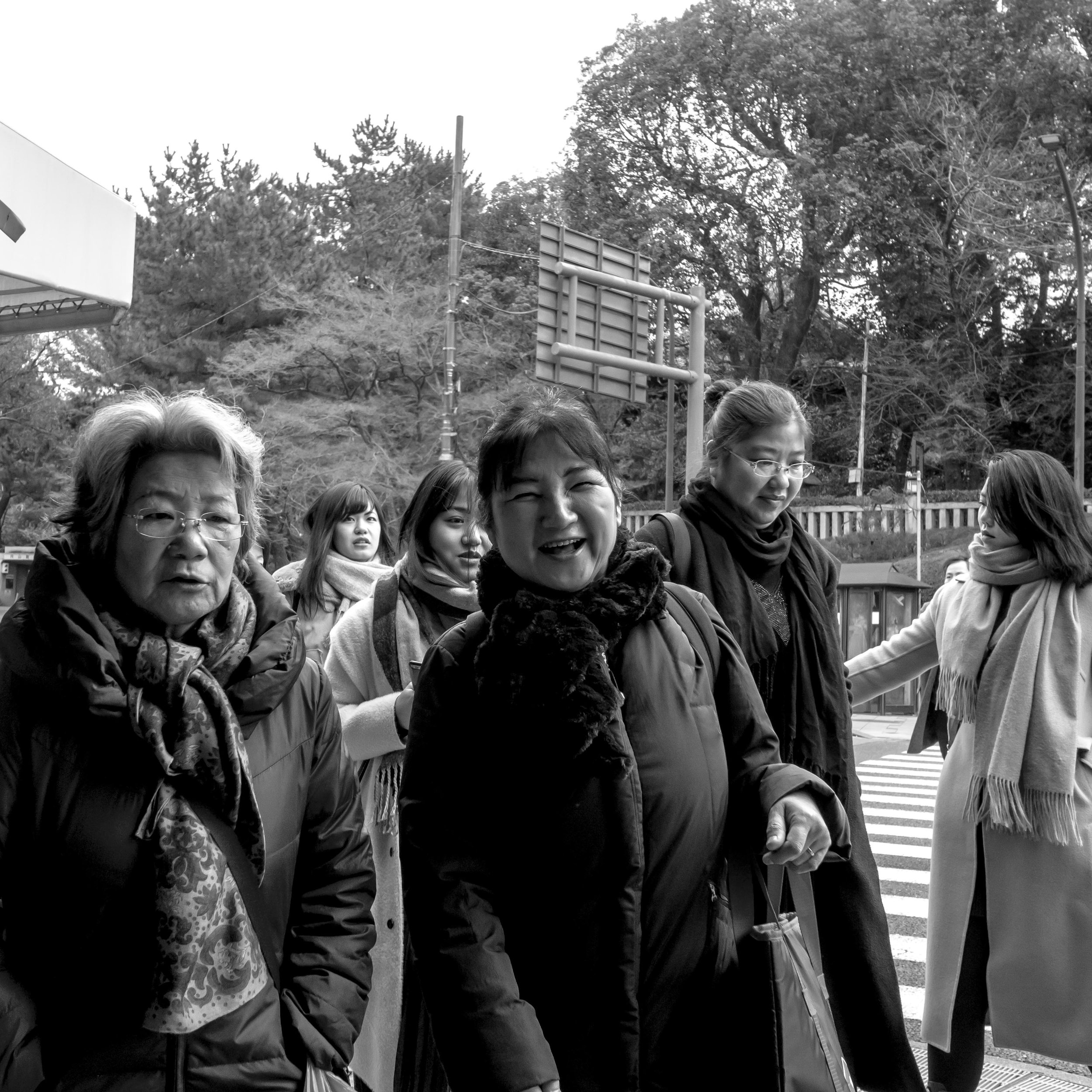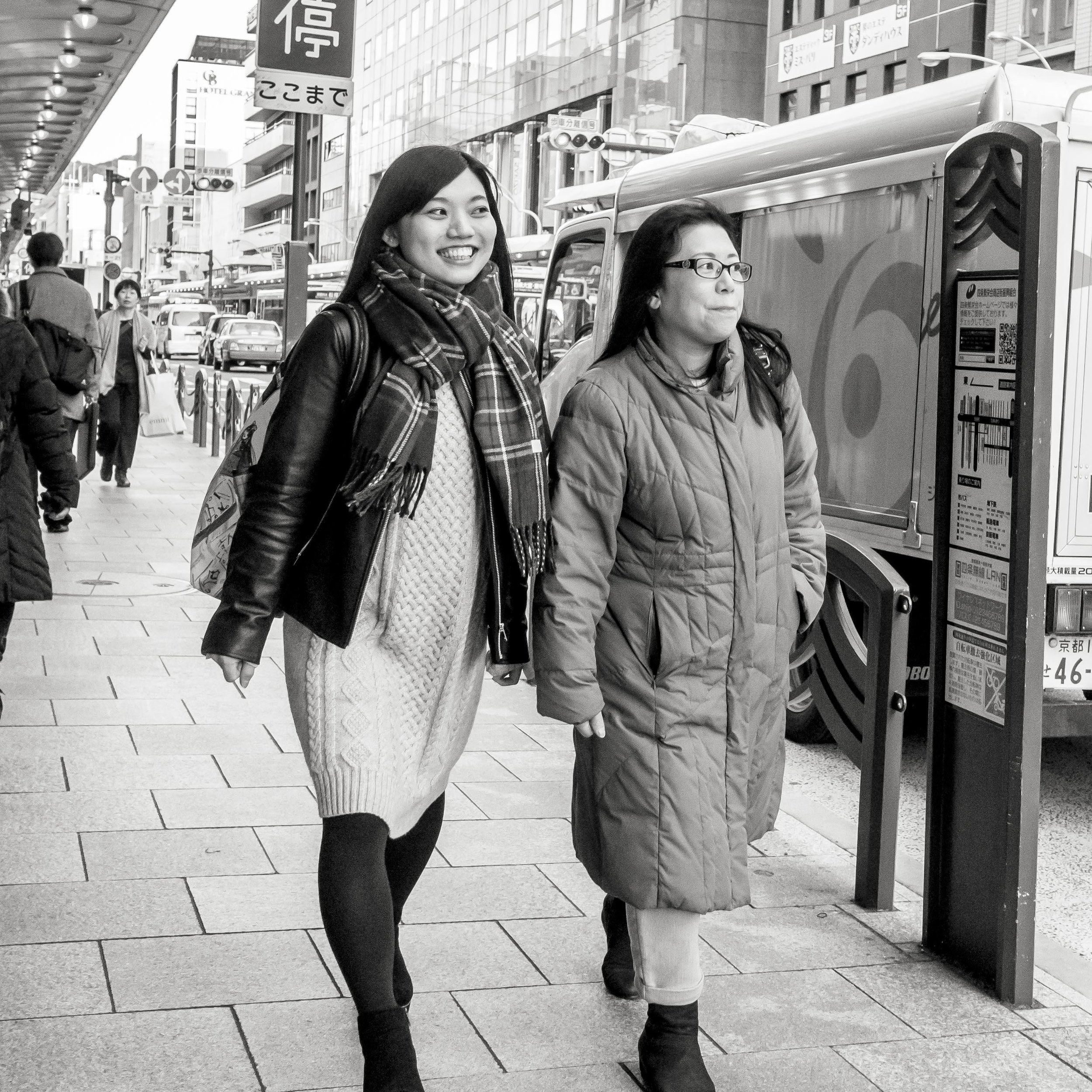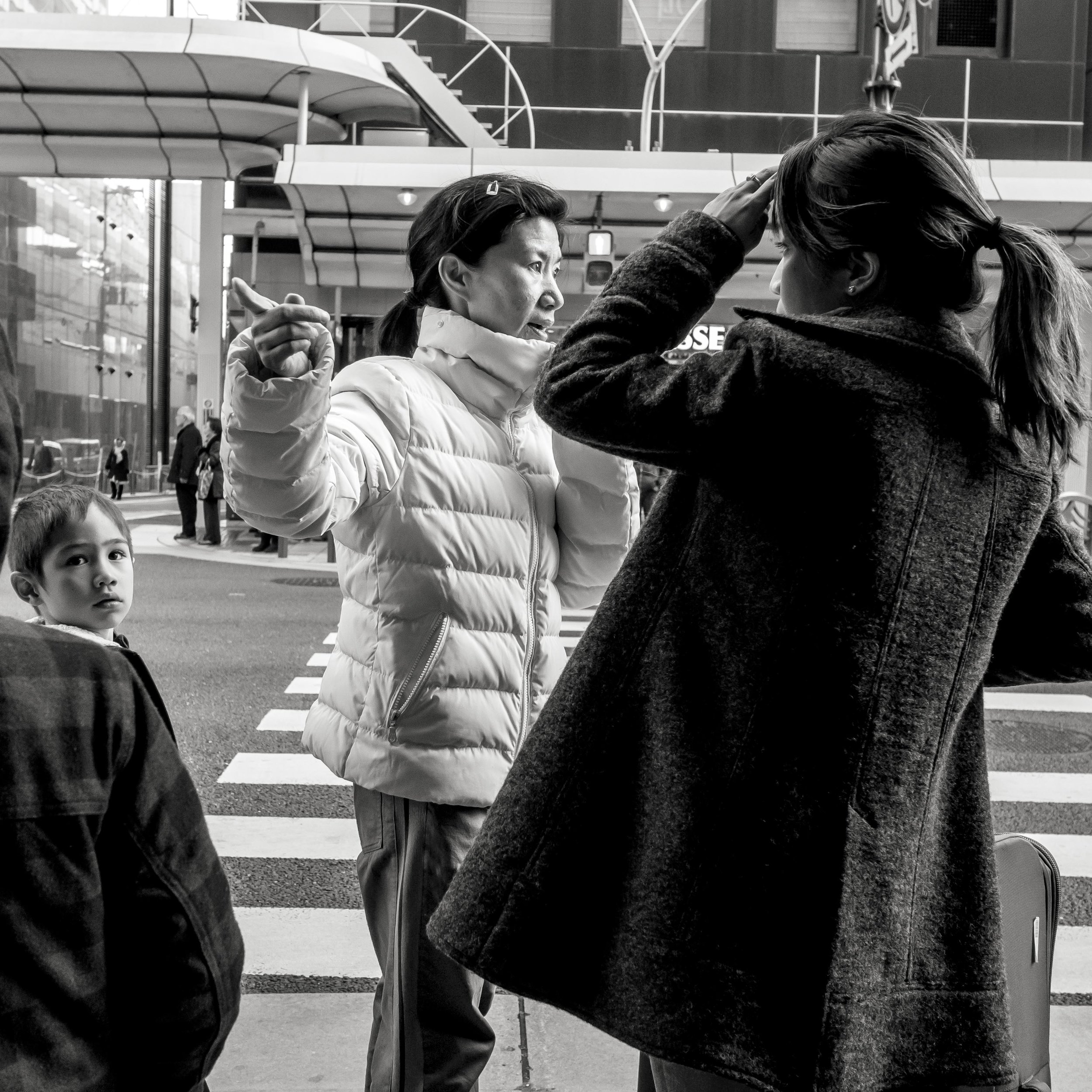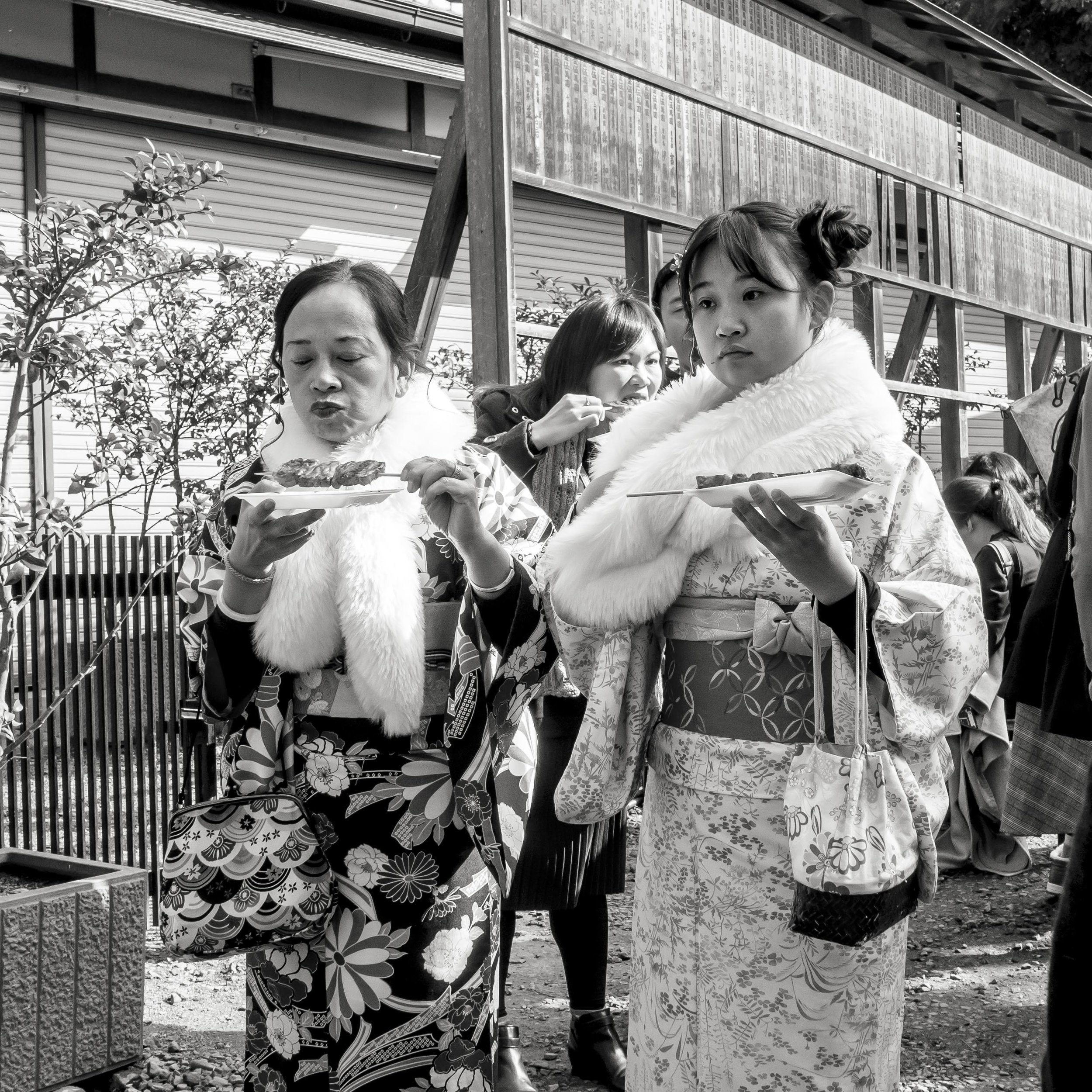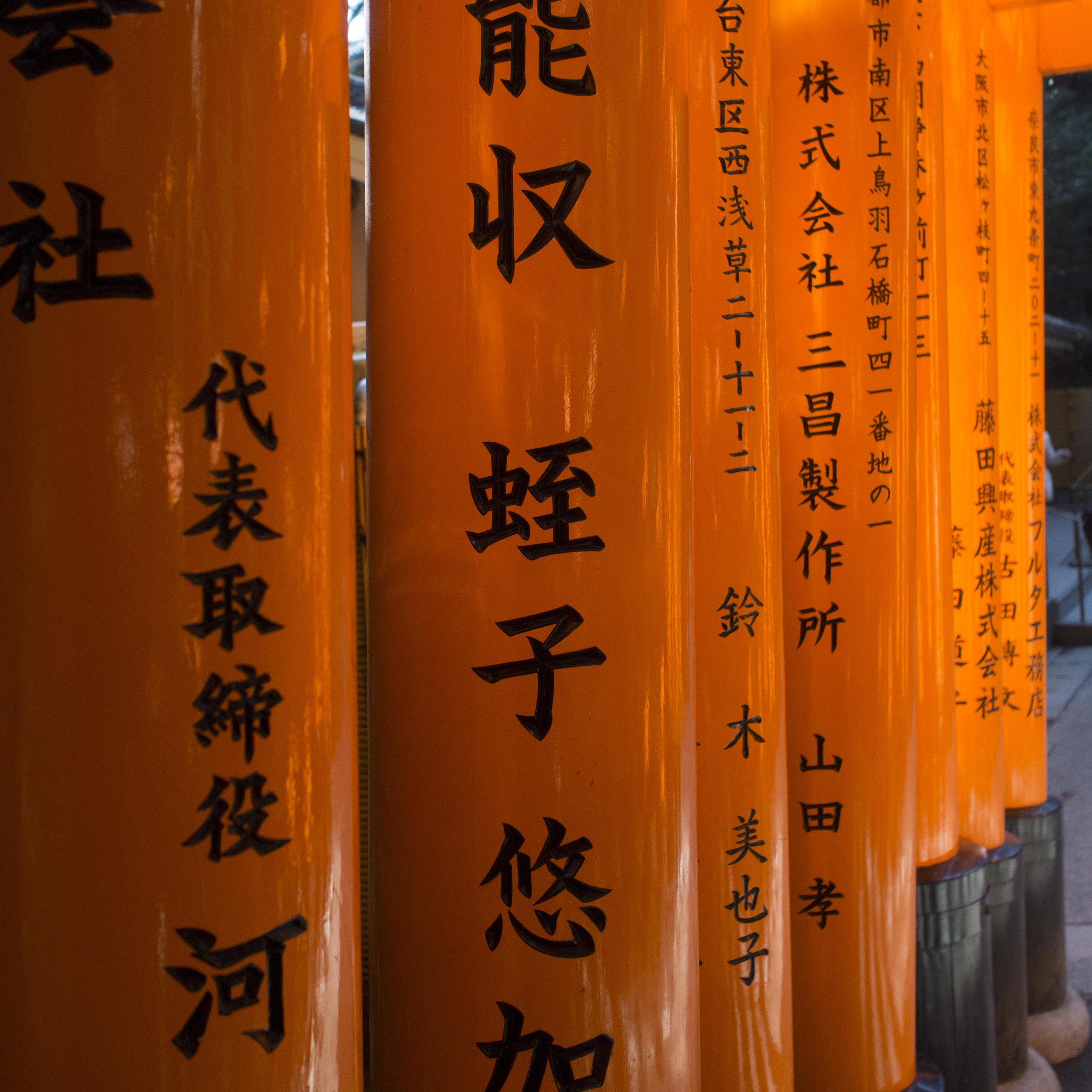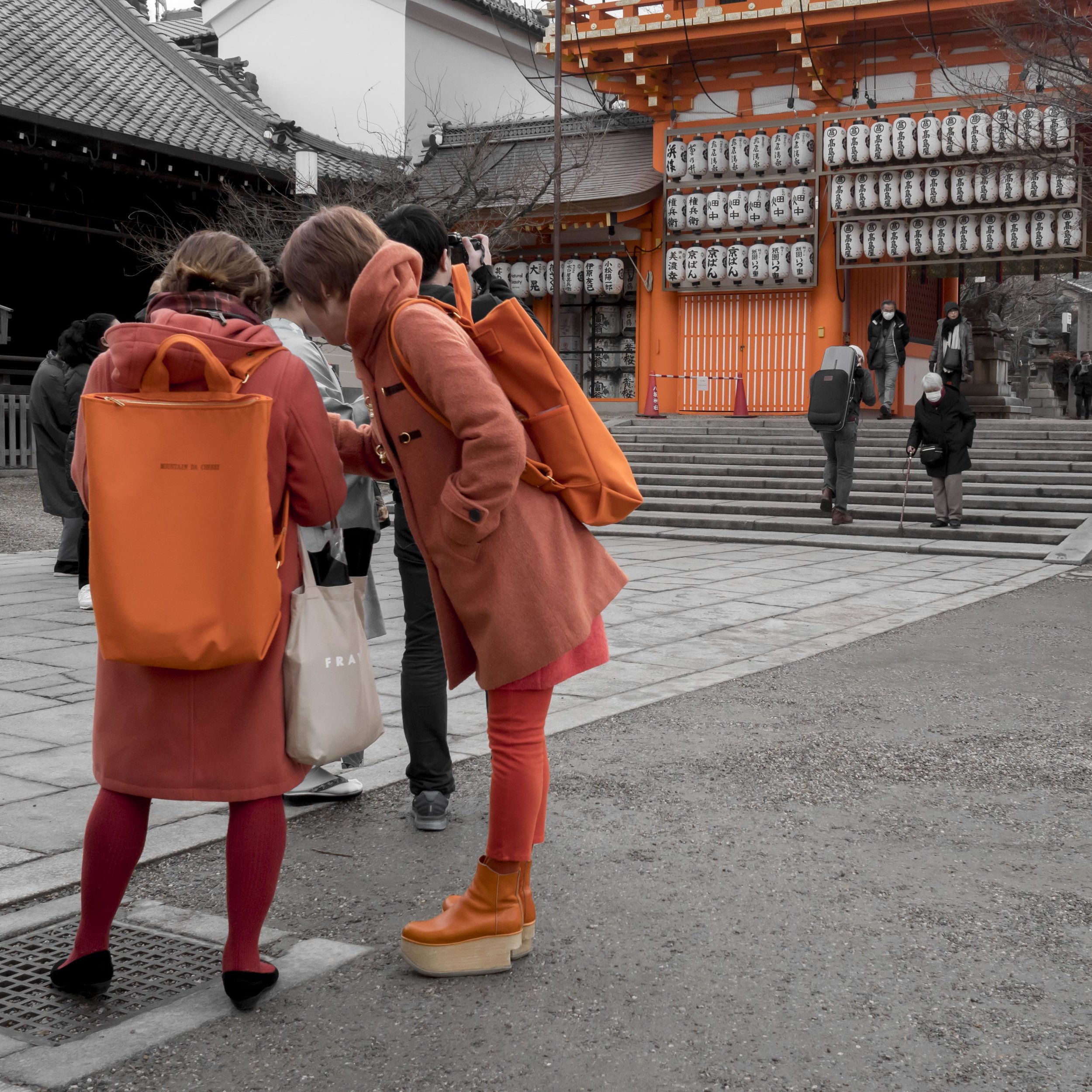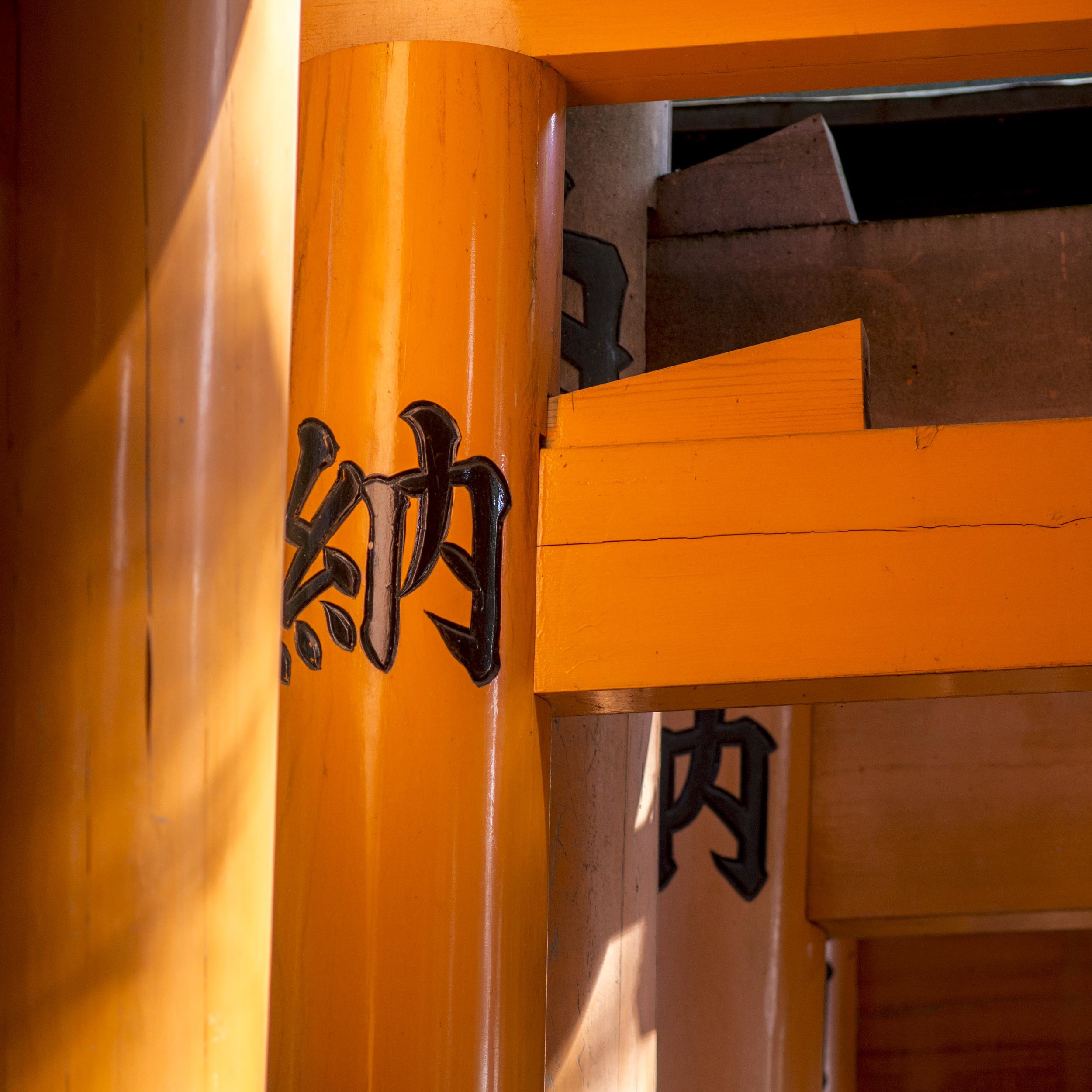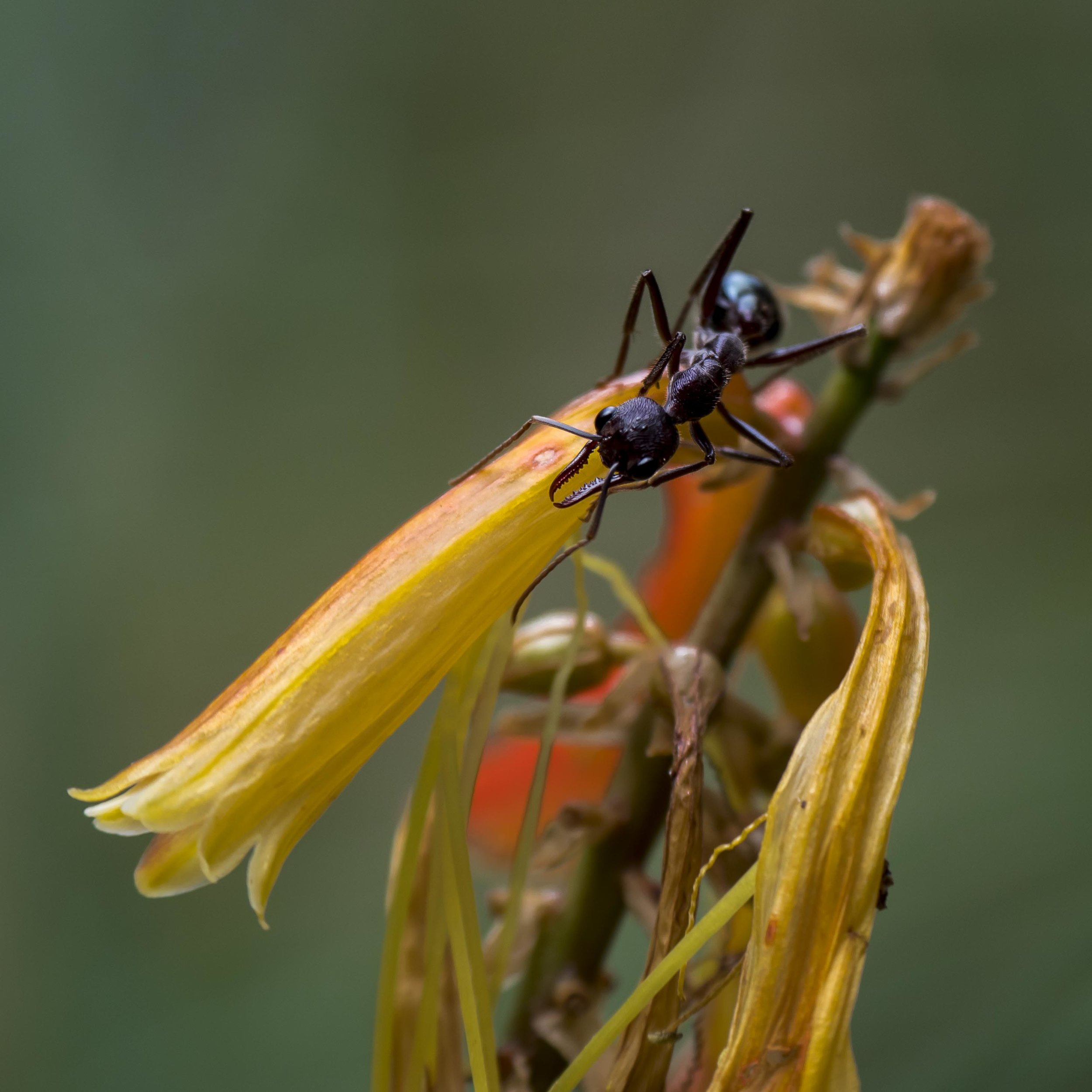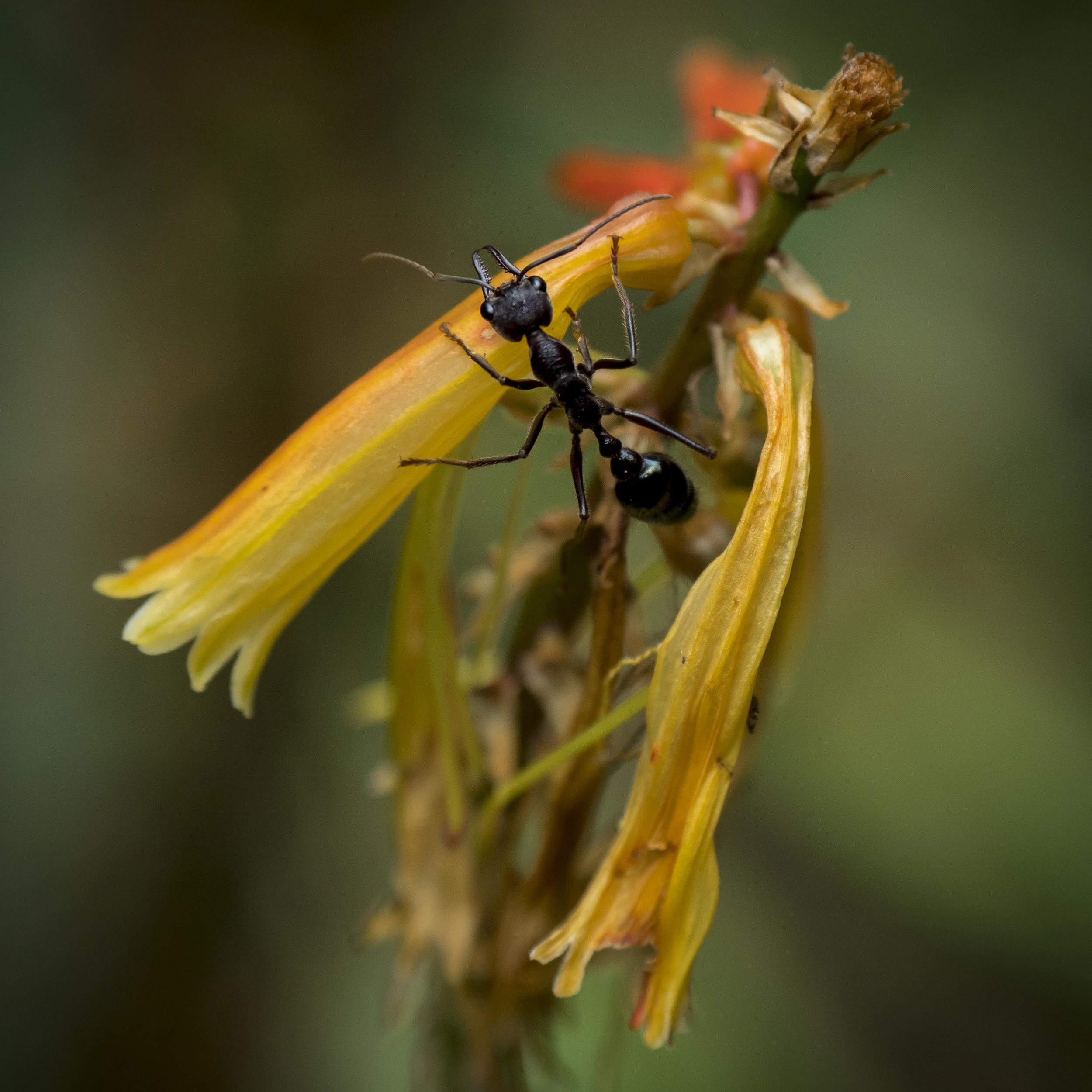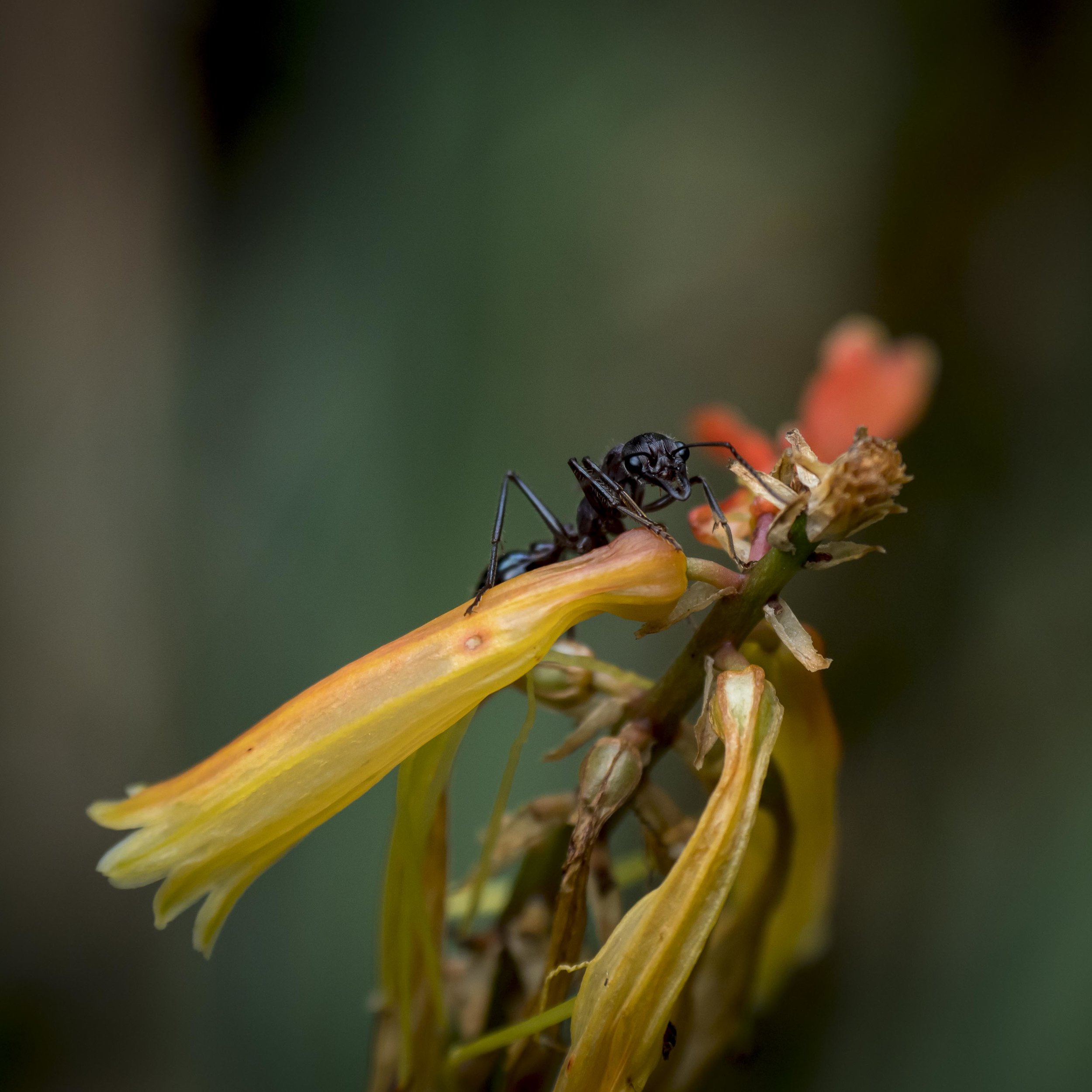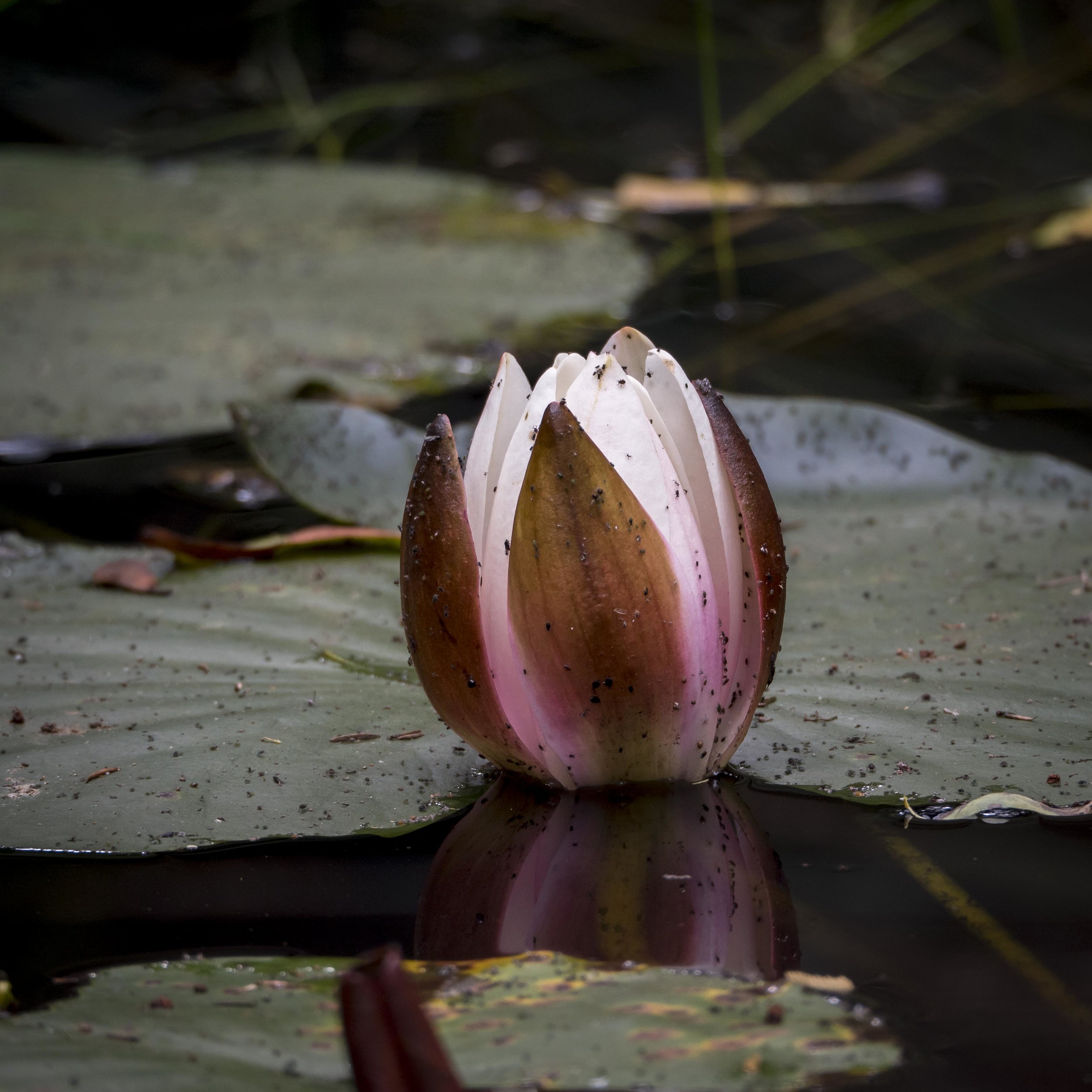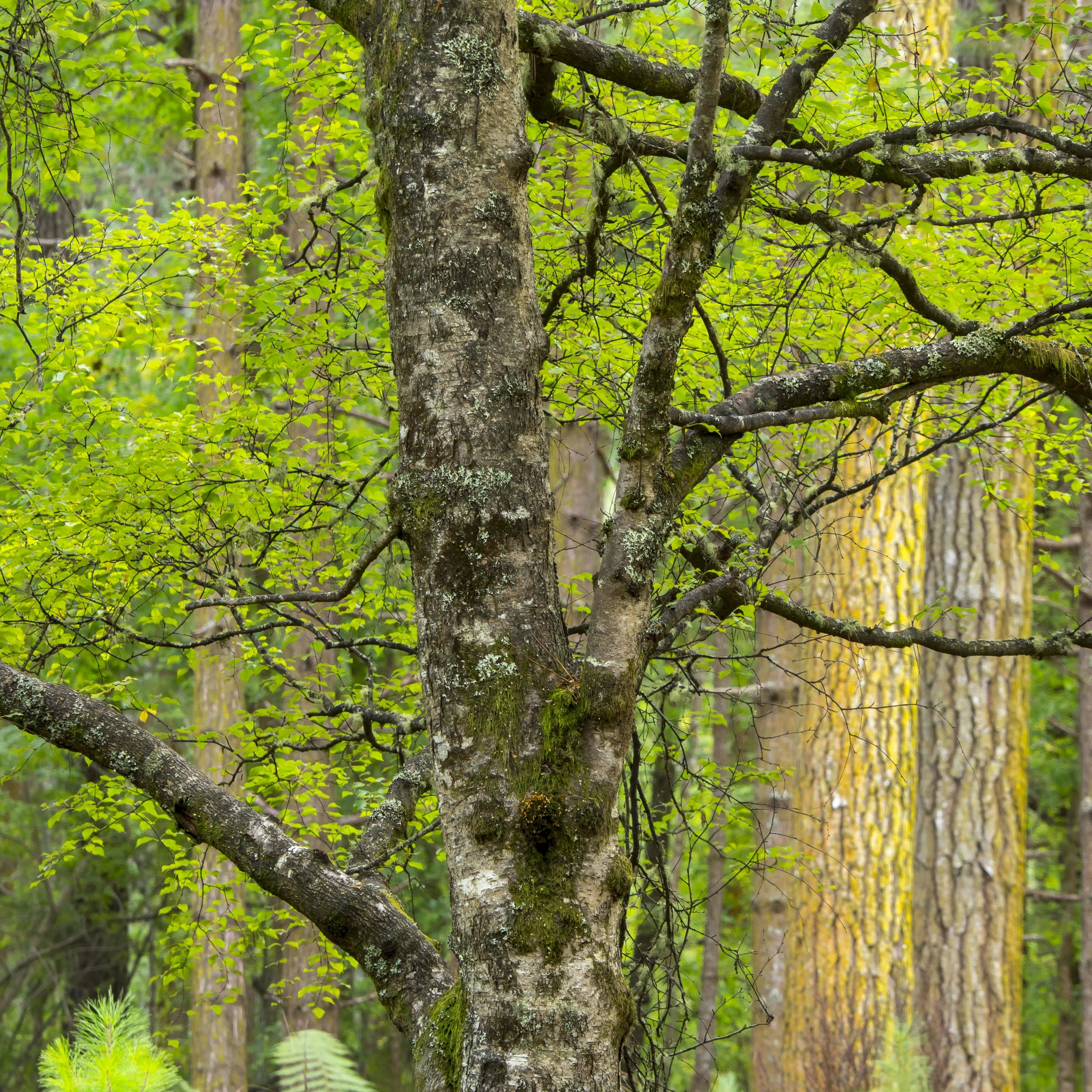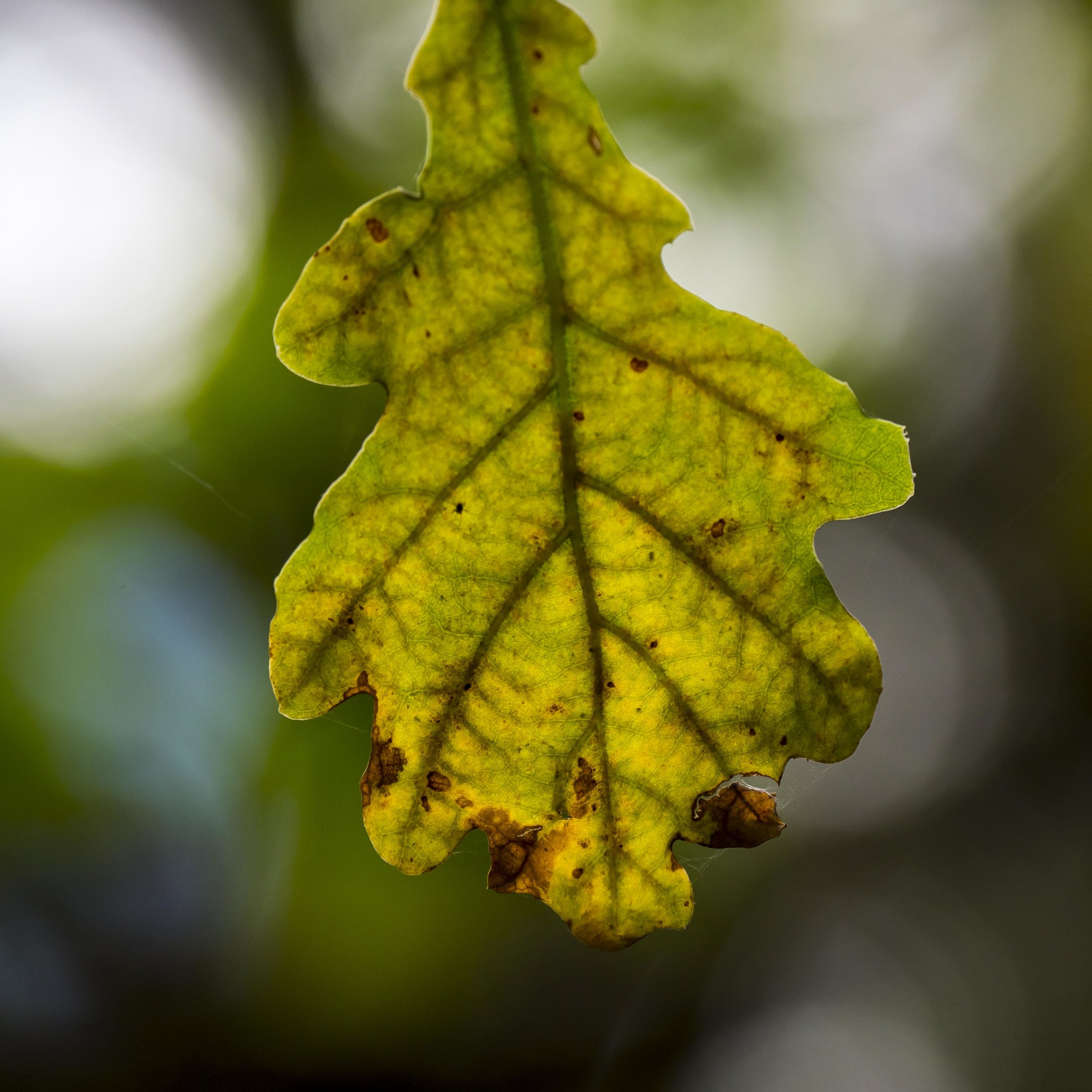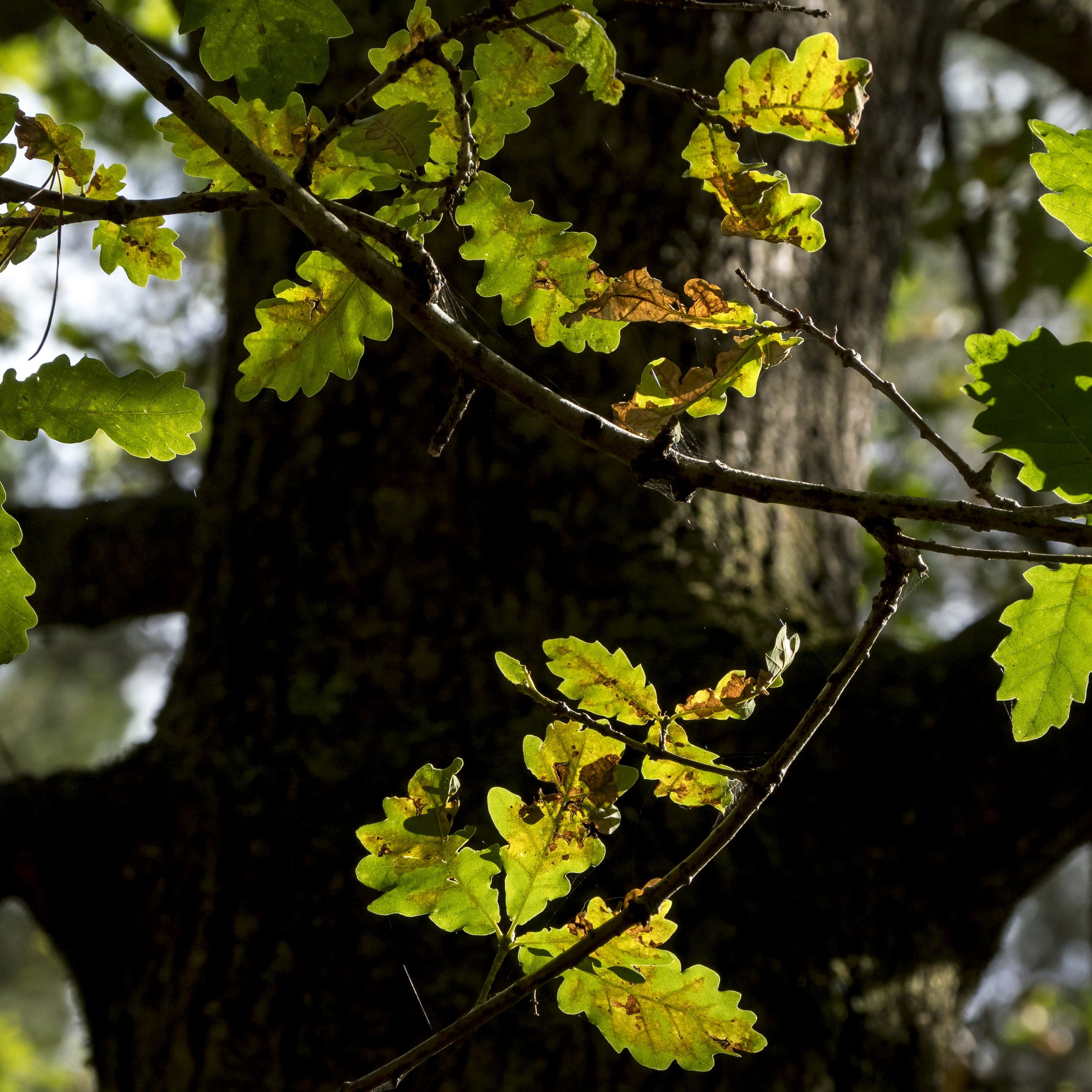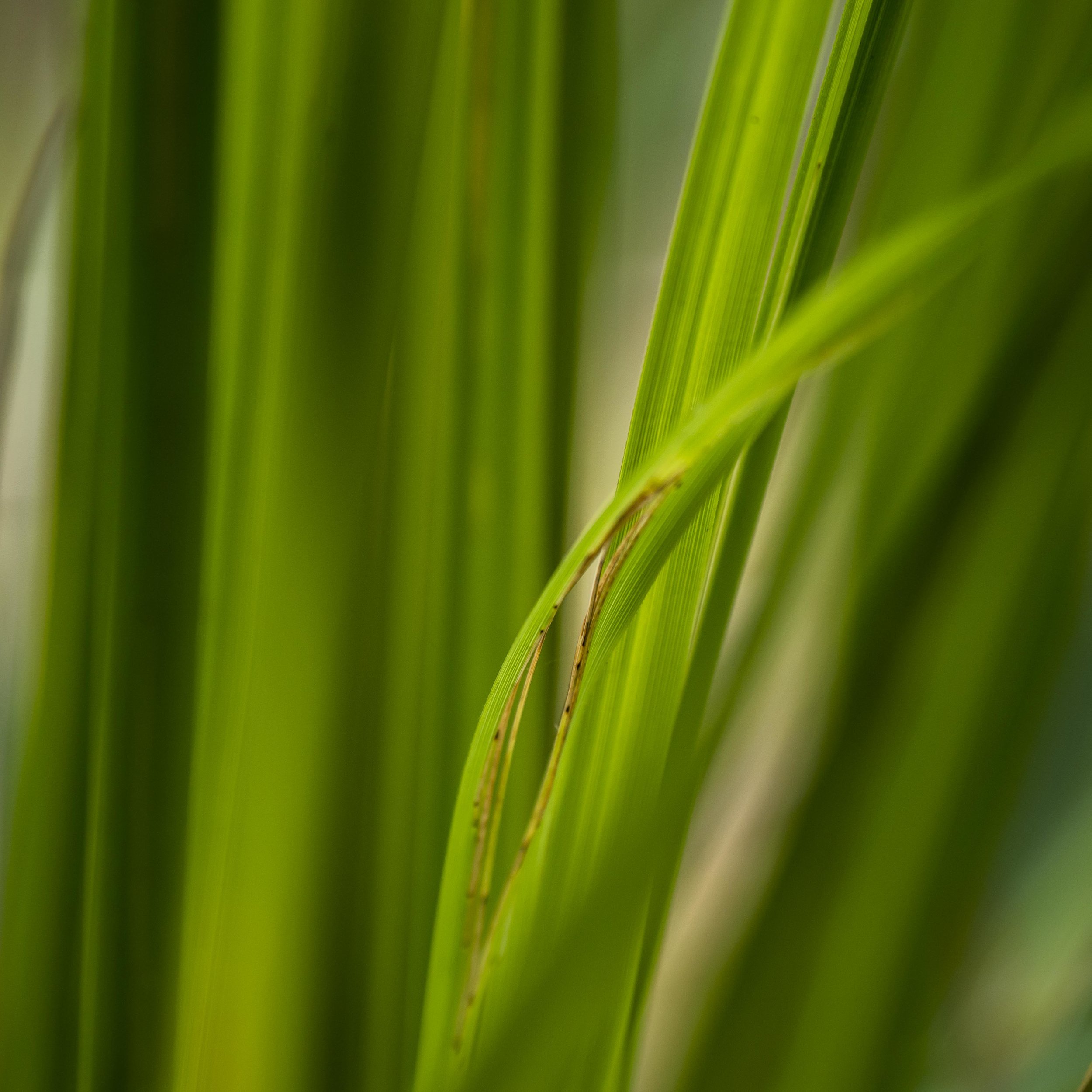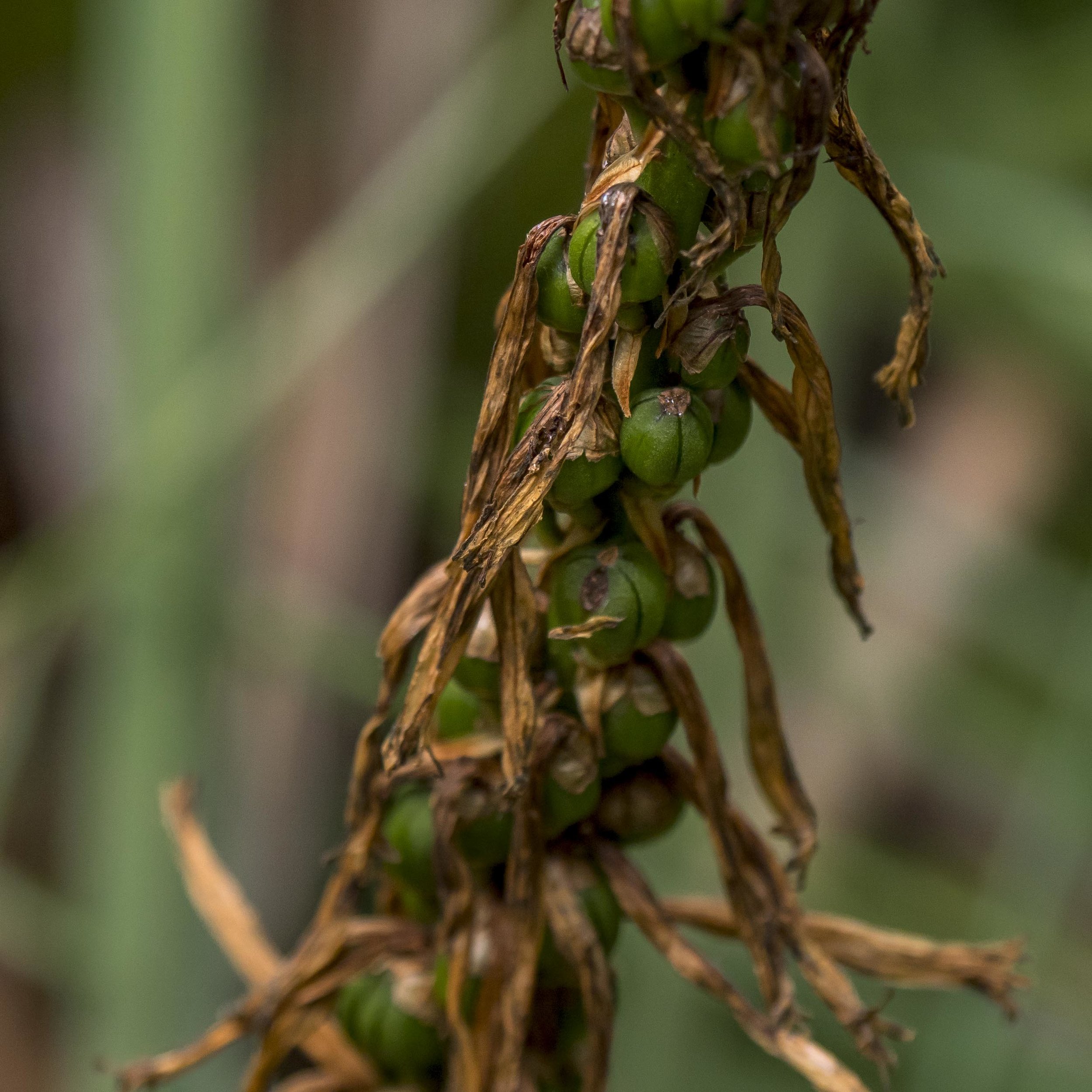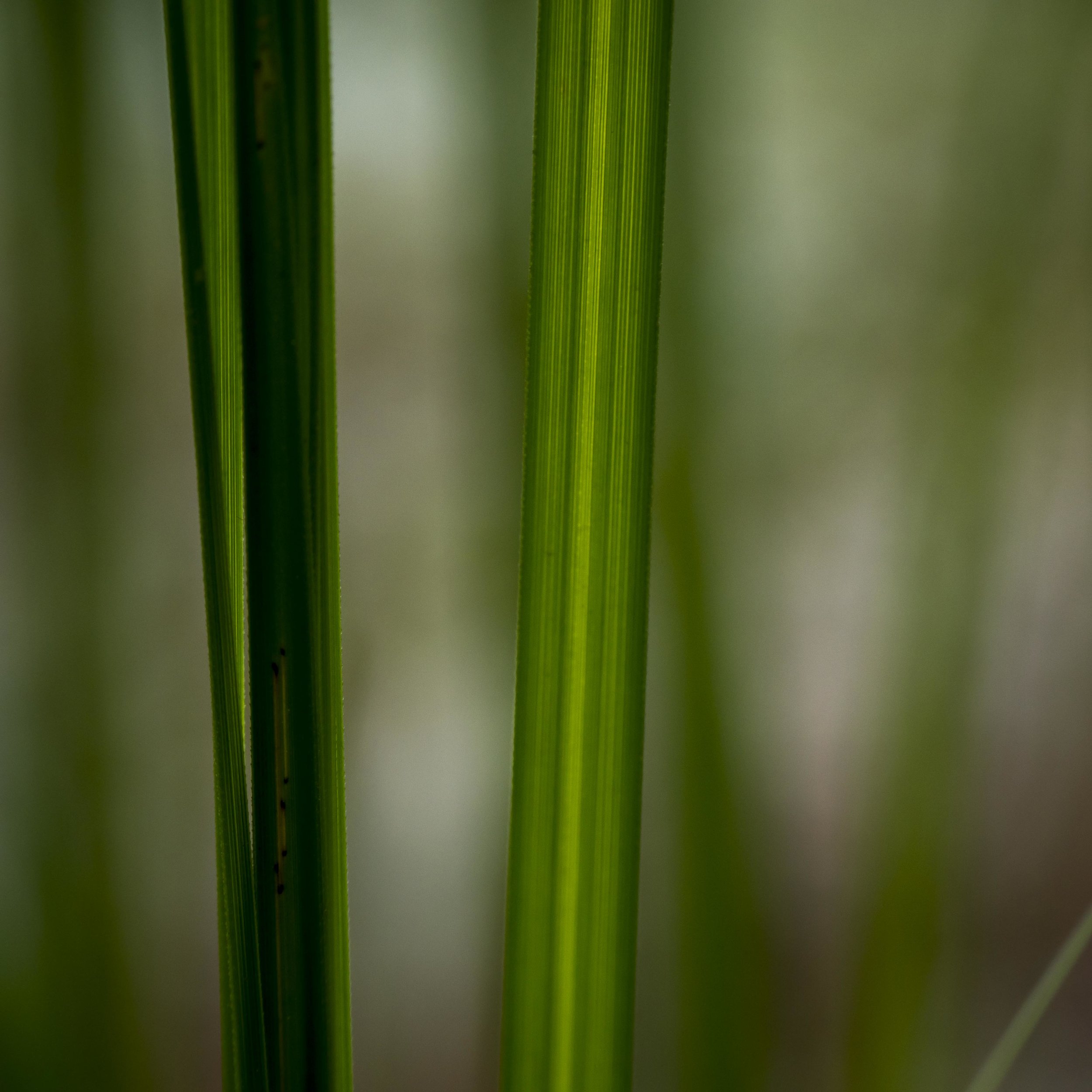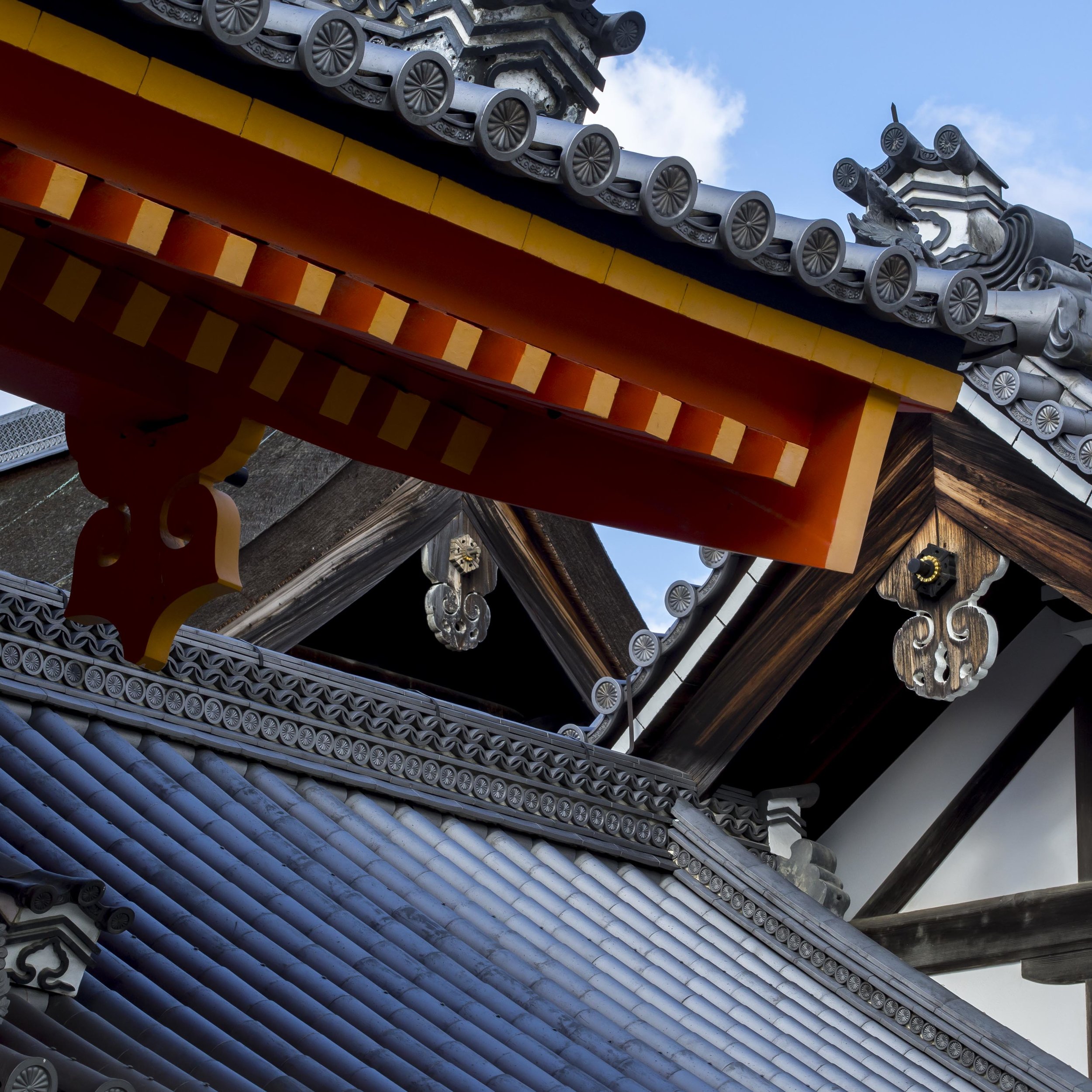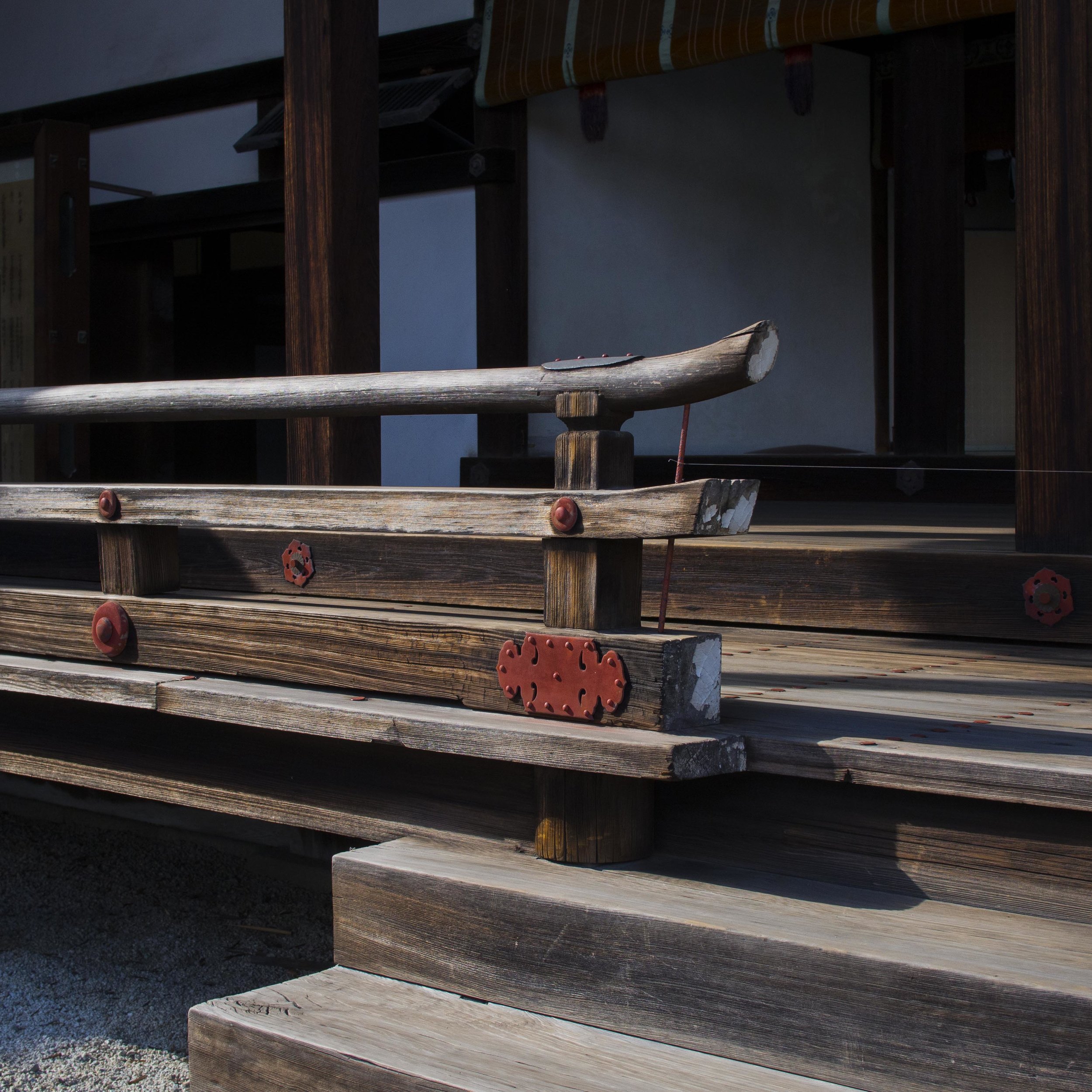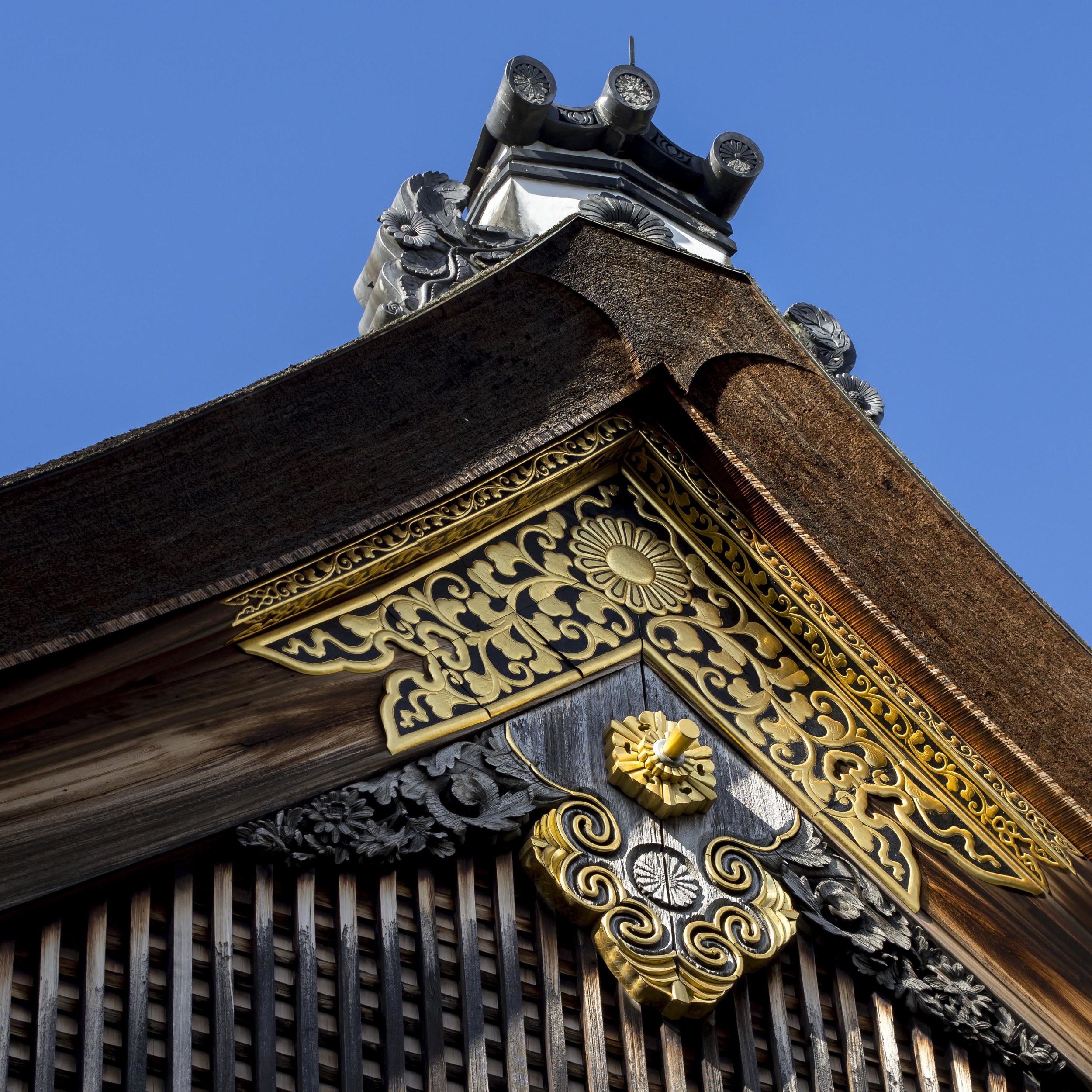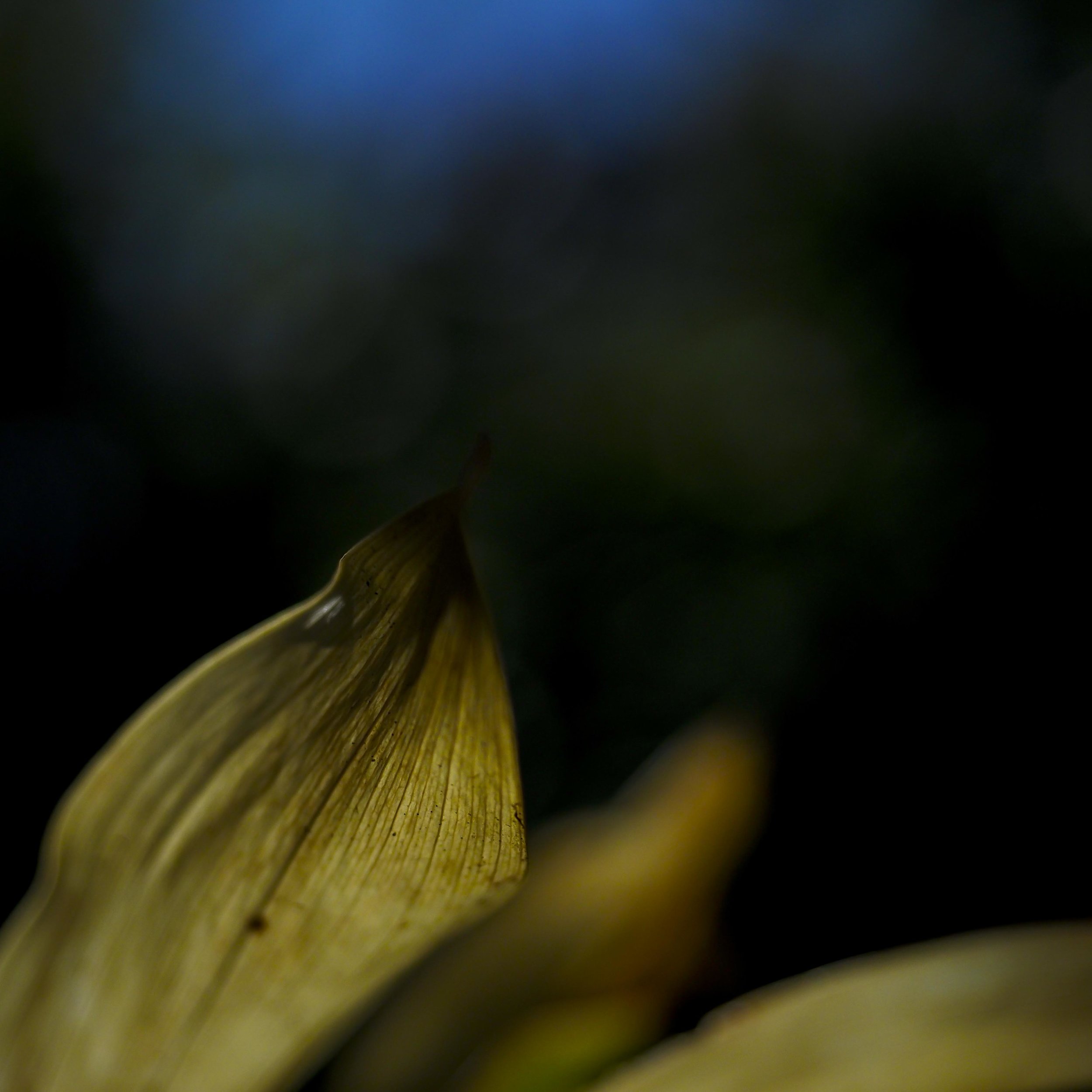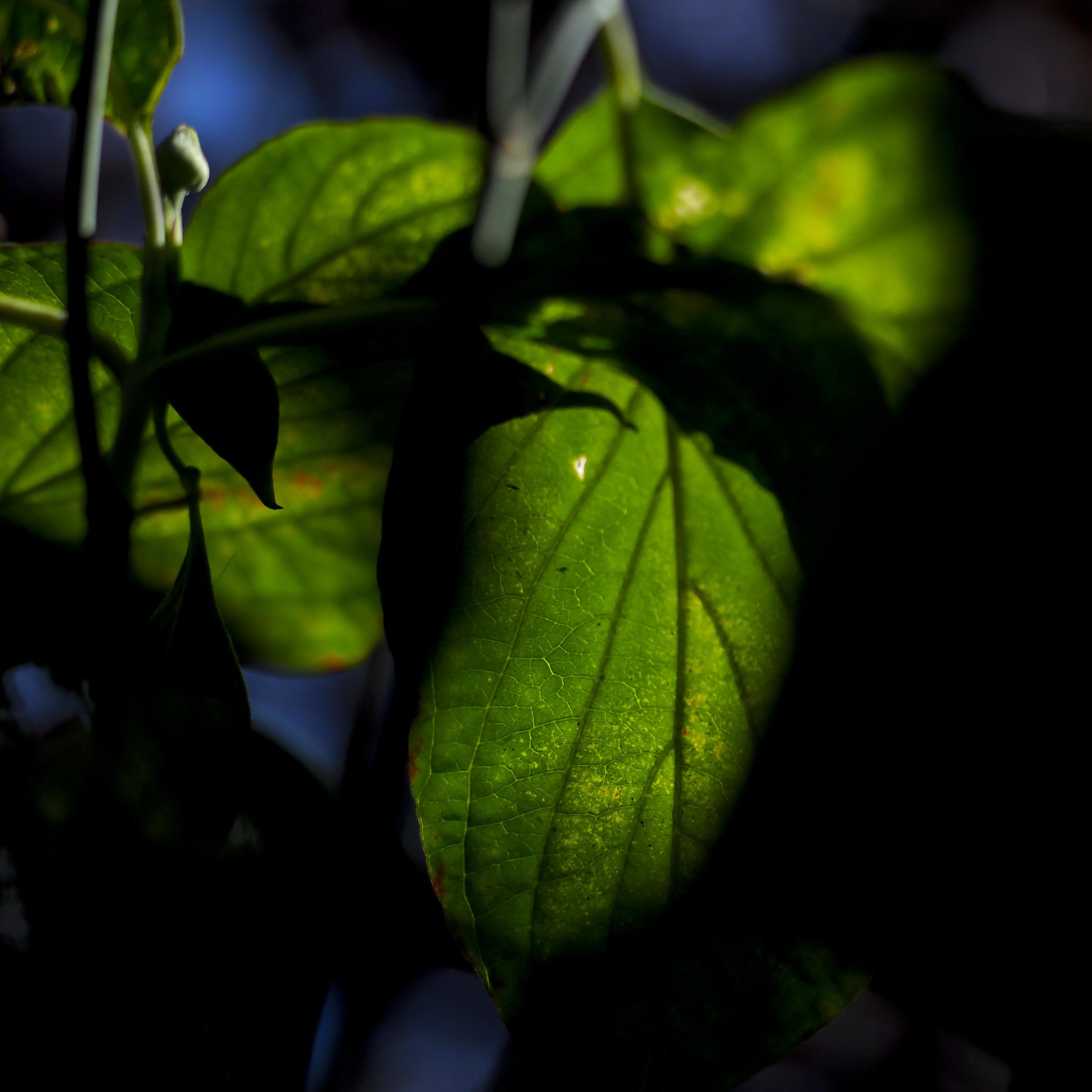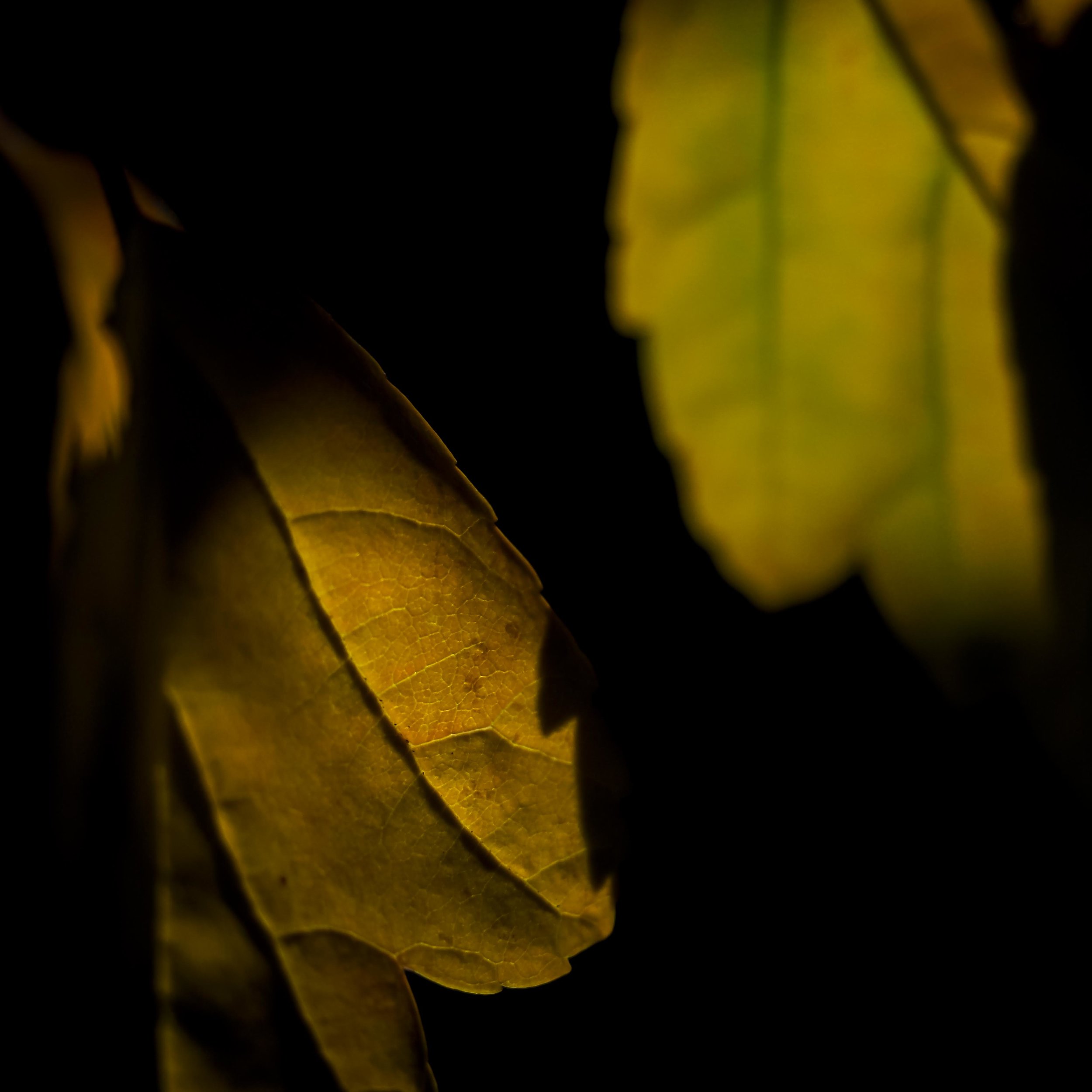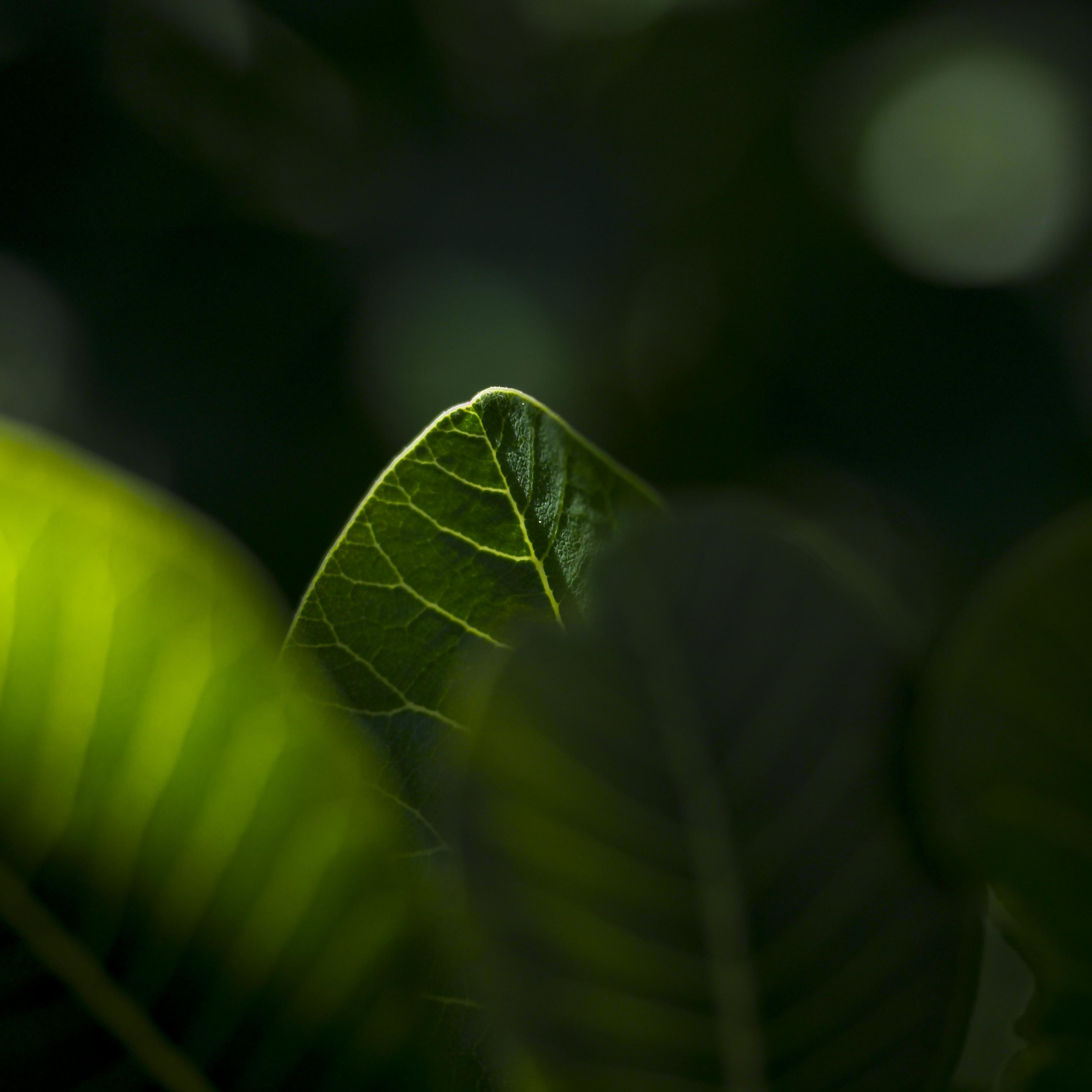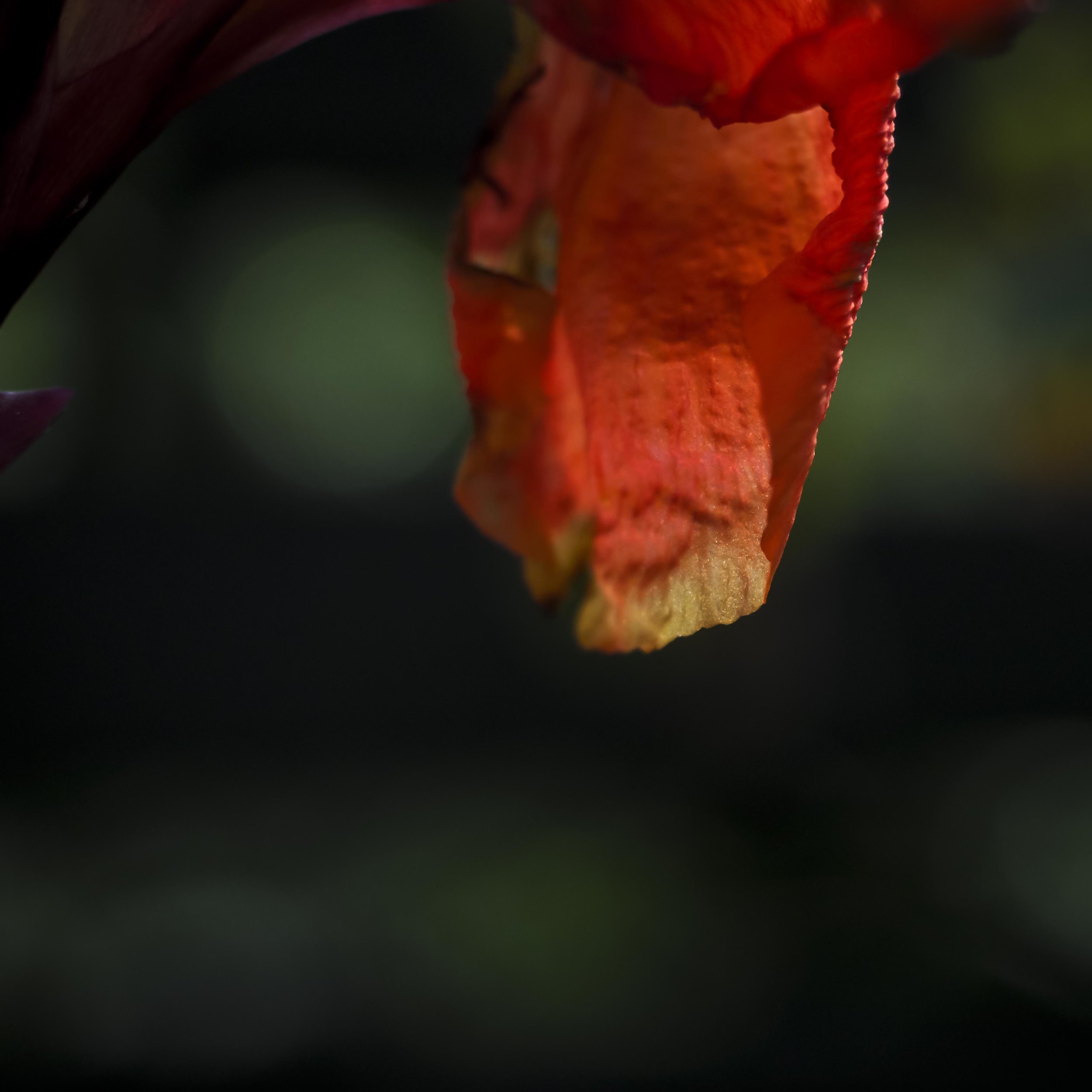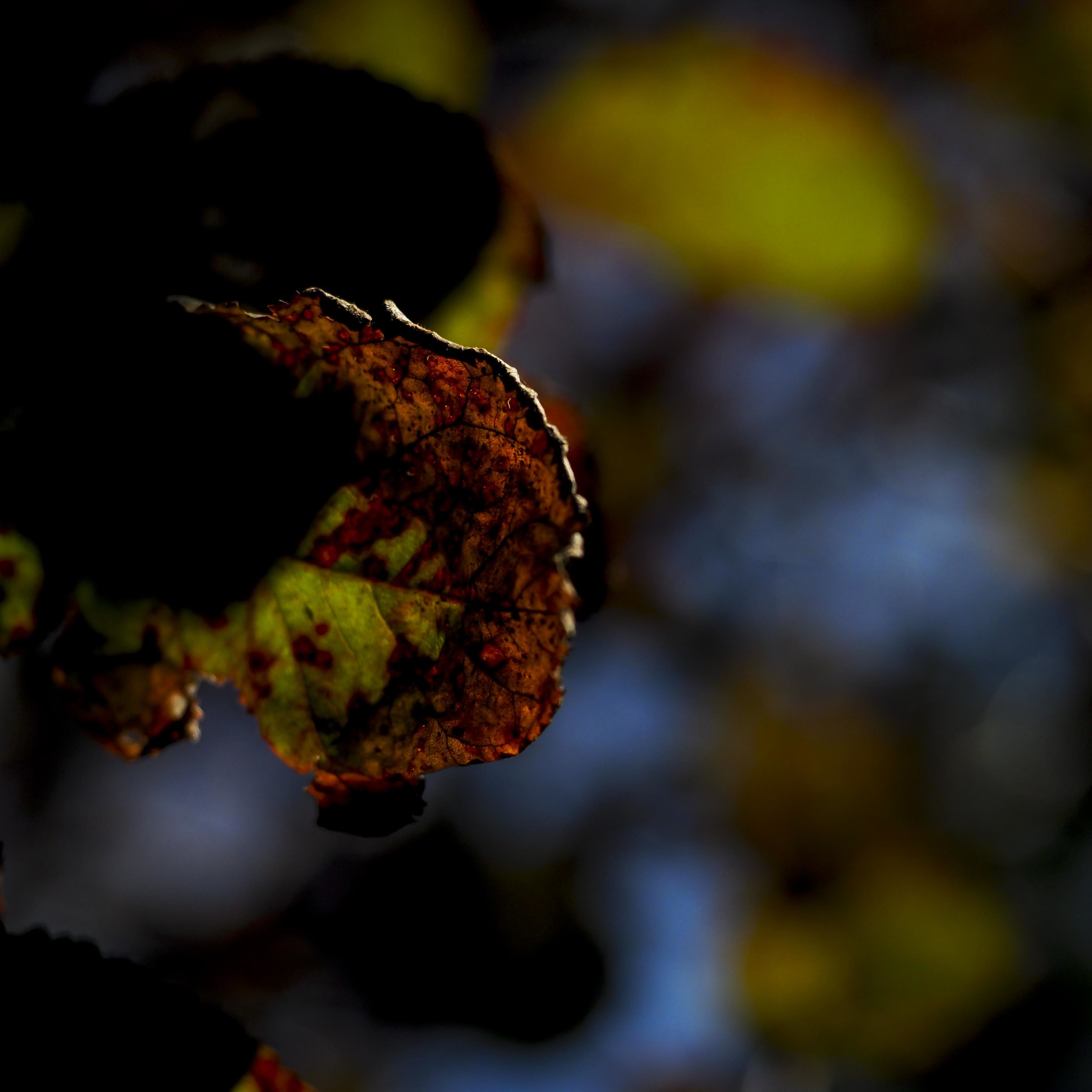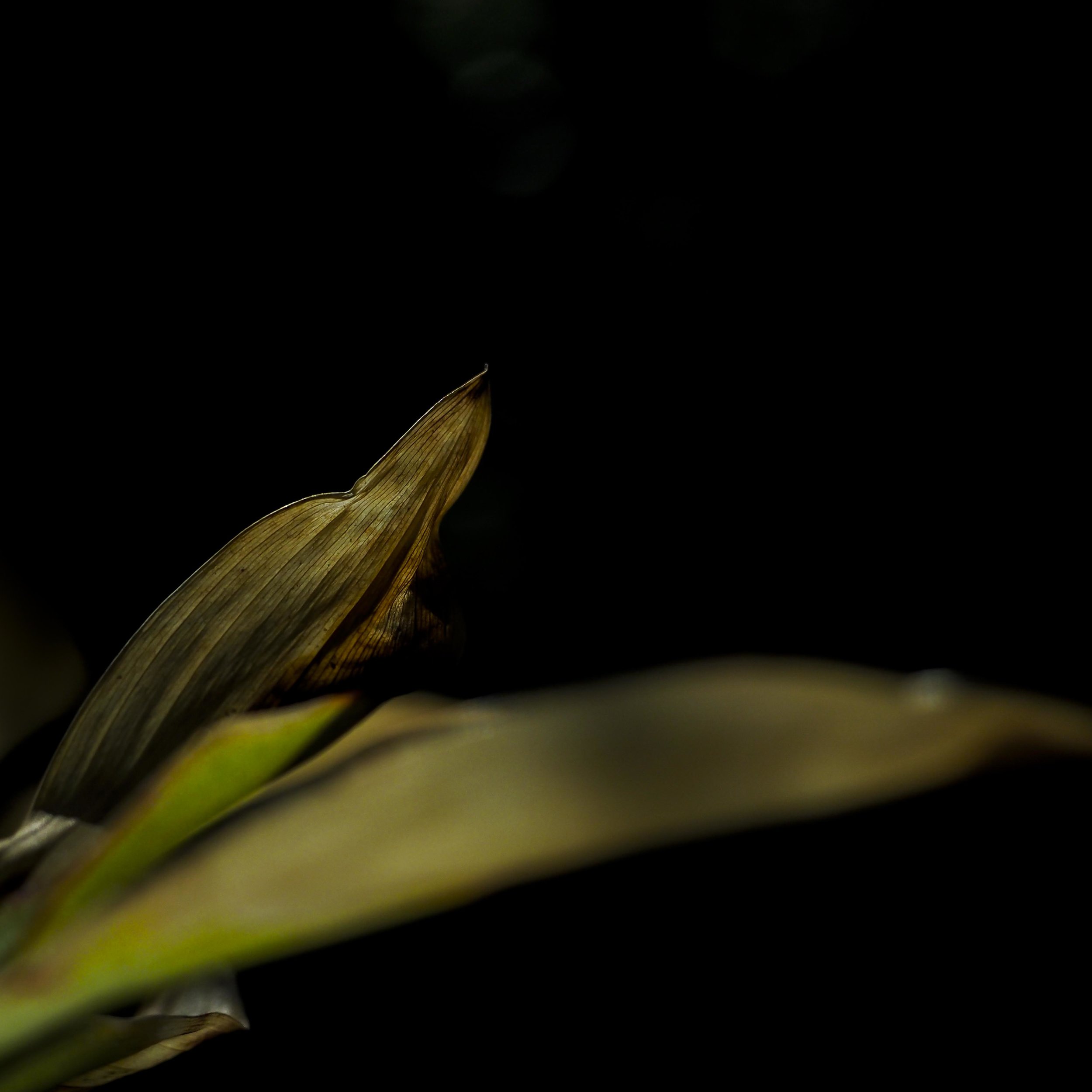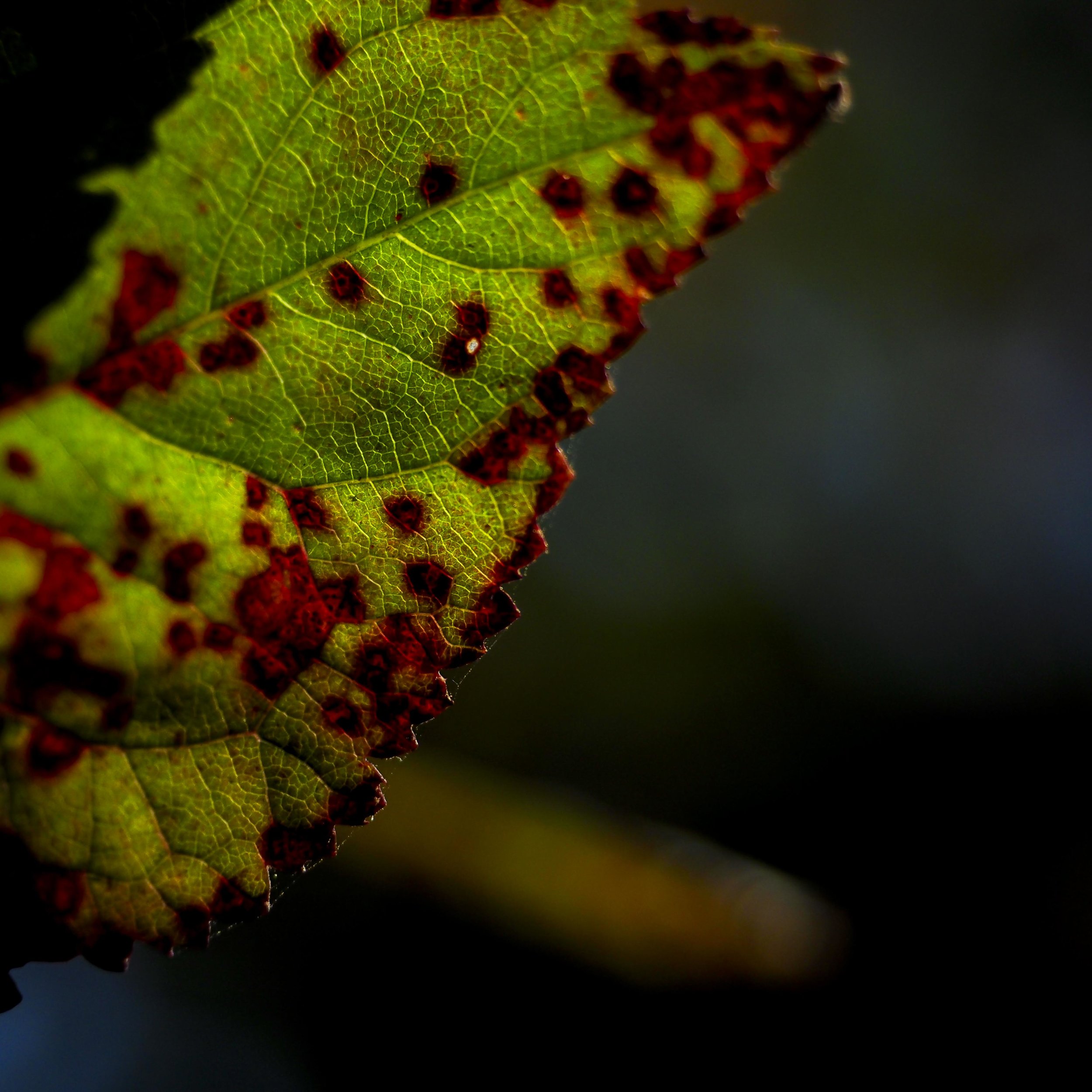Haiku #72 Pause
Japan Looming and the usual kit angst.
This next trip to Japan is going to be different. My wife and I agree that my street image catalogue can always do with more, but there has to be another element to my images this trip.
Part of this comes from the reality that the trip is not what we originally planned (a guide trip for our parents, who are not coming now) and many of the places we will visit have been done to death, so there is a need to see them with fresh eyes.
This makes my kit choices a less predictable (as if they ever are!) as I will be looking to do street, but also “high” art level images.
The best fine art rig I have is the Pen F and 12-100 used at low ISO’s. This offers totally clean, super sharp images with deep, subtle micro contrast, but this adds considerable weight and bulk for a one use outfit.
The EM5’s are proven (and preferred) for street with the light and sharp prime lenses and to be honest, they are kept with this role in mind.
This pairing of Pen and EM5 also allows me to use only one battery type and leave one camera behind on certain trips.
Pen F with 12-100 with filters and tripod
2x EM5’s for street with 17/45 (or 25/75 or 17/75) lenses (not sure as usual, but any will do).
*
The EM1 adds the extra resolution, electronic shutter and custom settings to allow me to use it like the Pen F, but I am not fully convinced it is as sharp as the Pen F in this role (further testing has shown there is little, if any practical difference). AF speed is better. The EM1’s LSF jpegs are also very good and combined with the camera’s better metering, offer a cleaner work flow.
Negatives; The EM1 does frustrate me with it’s soft shutter release that is inconsistent and spongy when fired by thumb. I have also found this combination a little heavy for all day, at the ready use. 2 types of batteries.
EM1 and 12-40 for general street and landscape (filters included).
75-300 for longer work (filters included).
Optionally, the 12-100 as the one lens option for the EM1. These two seem to really like each other.
EM5 with the strap and 17 as the cross body “everywhere” camera.
The quality the 12-40 and EM1 can produce in jpeg.
*
All of this has to fit into my TT Turnstyle 10.
The top kit needs to be broken down for travel, maybe forcing me to take a bigger bag to get to Japan and the TT for when I am there (where it would work well).
The bottom kit all fits fine as is, especially the 2 camera/2 lens version.
*
The temptation of just taking the 2 or 3 EM5’s and 4 primes is always present. This trip is more about consolidation and exploration than seeing things first time, so there is less pressure to get it right. There is also nothing wrong with the landscapes from the Em5’s, I just prefer to work with an electronic shutter.
Kyoto
Sometimes an image works in black and white only. A very mundane scene, saved only from the virtual bin by curious experimentation, this image works for me on a very “tones and textures” level in mono.
EM5 45mm
Working Religiion
Religion in Japan is very inclusive, very everyday. It is a working religion, a part of every day life and it is often a complicated mix of tradition and belief.
It can also be beautiful in a very real way.
Haiku #71 Neglected Places
Architectural Contradictions
Kyoto, more than an other city I have been to in Japan, has a bewildering variety of architectural styles. Many can be seen in the space of only a few city blocks.
The main shopping strip has everything from carved detail the Italians would be proud of, rust and run-down to all of the last 6 decades covered.
But it’s when you get into the backstreets that the really cool (weird!) stuff appears.
All this sits surprisingly comfortably with several hundred years of traditional building.
Haiku #71 Time
Over Processing or Over Thinking?
The image below is over processed.
That is according to me, as their is no reliable or logical measure for this. Each to their own.
The reason I feel it is over processed, is because I know how much effort I put into it’s processing. Which lines I crossed.
Taken with the “Hard” sharp EM5 mk1 sensor and the sublimely sharp 75mm at f5.6 (as near technical perfection as I have at hand), the temptation was to follow the image’s potential and push the envelope.
Showing off?
I guess there is always an element of that when processing work for others, otherwise we would not bother at all.
Technically perfect at A2.
There is nothing overtly fake about the image. Nothing added or removed, nothing modified in the true “Photo Manipulation” sense. The sharpening, mostly applied by brush tool in Lightroom is supplemented by added clarity and contrast, highlight recovery and selective colour saturation.
Nothing was pushed to the maximum settings available, not even close. Even the dreaded M43 noise is basically invisible at large print sizes and there are no sharpening artefacts. I just felt I went back to the sharpening “well” once too often.
These have always been the processing tricks photographers have used to enhance the perception of perfection in their images, but at what point is there more make-up than face?.
Personally, guiltily, I like the effect, but equally I felt compelled to come clean and share my unsettled feelings of “tricking” you, the viewer.
With the usual attention to detail, even the construction covers in Japan have style and beauty.
Someday Soon
Winter Dreaming
Haiku #70 Enjoy
Haiku #69 Detachment
Haiku #68 Orange and Black
Blue and Yellow
Kyoto Japan.
Bull Ant Drifting
A technique we tried at Hollybank called “drifting” Macro.
Pen F 12-100 f4
Morning at Hollybank Reserve
About 10 minutes out of Launceston is an old tennis racket factory, tree reserve, called Hollybank. The factory is long gone, but the regimented trees have been “parkified”, making it a beautiful and soothing place to be.
I have been going there for most of my life, sometimes regularly, such as over the last few years for photography, but always at least once a year or so for picnics etc.
Plenty of regular landscape compositions (if the light is kind). The lack of autumn colour surprised me, as Hollybank often goes off before town, being a little cooler, but not this year.
We chose it today as for our latest photo-group get together for landscape shooters, looking at tele lenses, wide lenses for low near-far techniques and for macro. It can be a tough place to get the perfect shot. The light can be harsh, fickle even, but with a little experimentation, there is lots of potential.
All images 12-100 pro and Pen F.
Haiku #67 Imperial Palace
The Things We Have In Common
Mis identified as a Western Australian tree image, this one was a detail shot from a temple in Japan.
EM5 25mm
More Semi Macro or "Drifting".
All of the above were taken in 5 minutes and within 3-4 feet of each other. The great thing about (semi) macro photography is how much there is easily at hand. Technique is easy. Set the camera to manual focus (usually the closest focussing distance), a wide aperture and “drift” in to focus, shooting as you find something with the right balance of sharpness and blur.
The camera was the Em1, with the 12-40 wide open. This lens has sweeter Bokeh than the 12-100, but is less powerful, giving me 1:3 at half the working distance. With this lens the Bokeh tends to become a part of the image rather than just lost detail.
All of the images are jpeg’s with minimal processing simply because the RAW files I took at the same time, did not offer me anything more than the jpegs except more processing needs. The depth of colour comes from under exposing most of the files by -1 to -1.5 stops, bringing out the rich colour in the highlights at the cost of the shadow areas (expanded dynamic range is often cited as the “cure” for this, but creatively, I like the negative space).


























